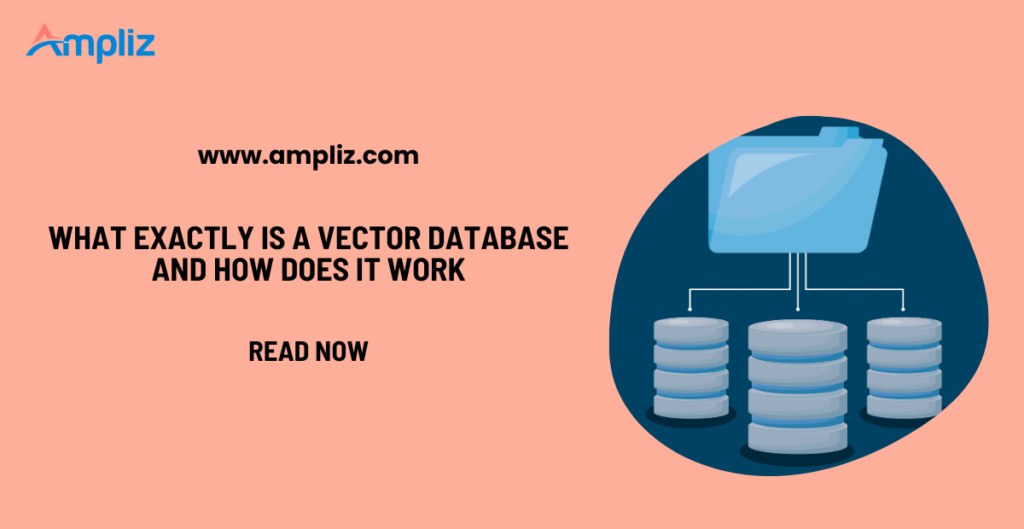A vector database indexes and stores vector embeddings for fast retrieval and similarity search, with capabilities like CRUD operations, metadata filtering, and horizontal scaling designed specifically for AI applications.
Introduction: The Rise of Vector Databases in the AI Era
In the early days of ImageNet, it took 25,000 human curators to manually label the dataset. This staggering number highlights a fundamental challenge in AI: manually categorizing unstructured data simply doesn’t scale. With billions of images, videos, documents, and audio files generated daily, a paradigm shift was needed in how computers understand and interact with content.
Traditional relational database systems excel at managing structured data with predefined formats and executing precise search operations. In contrast, vector databases like Faiss, Milvus, and Zilliz Cloud specialize in storing and retrieving unstructured data types, such as images, audio, videos, and textual content, through high-dimensional numerical representations known as vector embeddings. Vector databases support large language models by providing efficient data retrieval and management. This represents what experts call a “semantic gap”; traditional databases operate on exact matches and predefined relationships, while human understanding of content is nuanced, contextual, and multidimensional. This gap becomes increasingly problematic as AI applications demand:
- Finding conceptual similarities rather than exact matches
- Understanding contextual relationships between different pieces of content
- Capturing the semantic essence of information beyond keywords
- Processing multimodal data within a unified framework
Vector databases have emerged as a critical technology to bridge this gap, becoming an essential component of modern AI infrastructure. They enhance the performance of machine learning models by facilitating tasks like clustering and classification.
Understanding Vector Embeddings: The Foundation
Vector embeddings serve as the critical bridge across the semantic gap. These high-dimensional numerical representations capture the semantic essence of unstructured data in a form computers can efficiently process. Modern embedding models transform raw content, whether text, images, or audio, into dense vectors where similar concepts cluster together in the vector space, regardless of surface-level differences.
The power of embeddings extends across modalities. Advanced vector databases support various unstructured data types text, images, audio in a unified system, enabling cross-modal searches and relationships that were previously impossible to model efficiently. These vector database capabilities are crucial for AI-driven technologies such as chatbots and image recognition systems, supporting advanced applications like semantic search and recommendation systems.
Vector Databases: Core Concepts
Vector databases like Zilliz Cloud represent a paradigm shift in how we store and query unstructured data. Unlike traditional relational database systems that excel at managing structured data with predefined formats, vector databases specialize in handling unstructured data through numerical vector representations.
At their core, vector databases are designed to solve a fundamental problem: enabling efficient similarity searches across massive datasets of unstructured data. They accomplish this through three key components:
- Vector Embeddings: High-dimensional numerical representations that capture semantic meaning of unstructured data (text, images, audio, etc.)
- Specialized Indexing: Algorithms optimized for high-dimensional vector spaces that enable fast approximate searches. Vector database indexes vectors to enhance the speed and efficiency of similarity searches, utilizing various ML algorithms to create indexes on vector embeddings.
- Distance Metrics: Mathematical functions that quantify similarity between vectors.
The primary operation in a vector database is the k-nearest neighbors (KNN) query, which finds the k vectors most similar to a given query vector. For large-scale applications, these databases typically implement approximate nearest neighbor (ANN) algorithms, trading a small amount of accuracy for significant gains in search speed.
Mathematical Foundations of Vector Similarity
Understanding vector databases requires grasping the mathematical principles behind vector similarity. Here are the foundational concepts:
Vector Spaces and Embeddings
A vector embedding is a fixed-length array of floating-point numbers (they can range from 100-32,768 dimensions!) that represents unstructured data in a numerical format. These embeddings position similar items closer together in a high-dimensional vector space.
For example, the words “king” and “queen” would have vector representations that are closer to each other than either is to “automobile” in a well-trained word embedding space.
Distance Metrics
The choice of distance metric fundamentally affects how similarity is calculated. Common distance metrics include:
- Euclidean Distance: The straight-line distance between two points in Euclidean space.
- Cosine Similarity: Measures the cosine of the angle between two vectors, focusing on orientation rather than magnitude
- Dot Product: For normalized vectors, represents how aligned two vectors are.
- Manhattan Distance (L1 Norm): Sum of absolute differences between coordinates.
Different use cases may require different distance metrics. For example, cosine similarity often works well for text embeddings, while Euclidean distance may be better suited for certain types of image embeddings.
Image: Semantic similarity between vectors in a vector space
Understanding these mathematical foundations leads to an important question about implementation: So just add a vector index to any database, right?
Simply adding a vector index to a relational database isn’t sufficient, nor is using a standalone vector index library. While vector indices provide the critical ability to find similar vectors efficiently, they lack the infrastructure needed for production applications:
- They don’t provide CRUD operations for managing vector data
- They lack metadata storage and filtering capabilities
- They offer no built-in scaling, replication, or fault tolerance
- They require custom infrastructure for data persistence and management
Vector databases emerged to address these limitations, providing complete data management capabilities designed specifically for vector embeddings. They combine the semantic power of vector search with the operational capabilities of database systems.
Vector Database Architecture: A Technical Framework
Four-Tier Architecture
A production vector database typically consists of four primary architectural layers:
- Storage Layer: Manages persistent storage of vector data and metadata, implements specialized encoding and compression strategies, and optimizes I/O patterns for vector-specific access.
- Index Layer: Maintains multiple indexing algorithms, manages their creation and updates, and implements hardware-specific optimizations for performance.
- Query Layer: Handles query parsing, execution planning, and result aggregation, ensuring efficient retrieval of relevant vectors.
- API Layer: Provides interfaces for users and applications to interact with the database, supporting various protocols and query languages.
Vector Search Workflow
Image: Complete workflow of a vector search
A typical vector database implementation follows this
- A machine learning model transforms unstructured data (text, images, audio) into vector embeddings
- These vector embeddings are stored in the database along with relevant metadata
- When a user performs a query, it is converted into a vector embedding using the same model
- The database searches for vectors similar to the query vector using the chosen distance metric and indexing algorithm
- The most similar vectors are retrieved and returned to the user, often along with their associated metadata




